The Junkers D.I (factory designation J 9) was a monoplane fighter aircraft produced in Germany late in World War I, significant for becoming the first all-metal fighter to enter service. The prototype, a private venture by Junkers designated the J 7, first flew on 17 September 1917, going through nearly a half-dozen detail changes in its design during its tests. When it was demonstrated to the Idflieg early the following year it proved impressive enough to result in an order for three additional aircraft for trials. However, the changes made by Junkers were significant enough for the firm to redesignate the next example the J 9, which was supplied to the Idflieg instead of the three J 7s ordered. Lengthened-fuselage and extended wingspan Junkers D.I (J.9/II) undergoing evaluation During tests, the J 9 lacked the maneuverability necessary for a front-line fighter, but was judged fit for a naval fighter, and a batch of 12 was ordered. These were supplied to a naval unit by September 1918, which then redeployed to the Eastern Front after the Armistice.
Specifications
General Characteristics
- Created On Windows
- Wingspan 26.4ft (8.0m)
- Length 19.4ft (5.9m)
- Height 7.4ft (2.3m)
- Empty Weight 3,933lbs (1,784kg)
- Loaded Weight 5,980lbs (2,712kg)
Performance
- Horse Power/Weight Ratio 0.167
- Wing Loading 24.9lbs/ft2 (121.6kg/m2)
- Wing Area 240.2ft2 (22.3m2)
- Drag Points 3019
Parts
- Number of Parts 147
- Control Surfaces 8
- Performance Cost 444

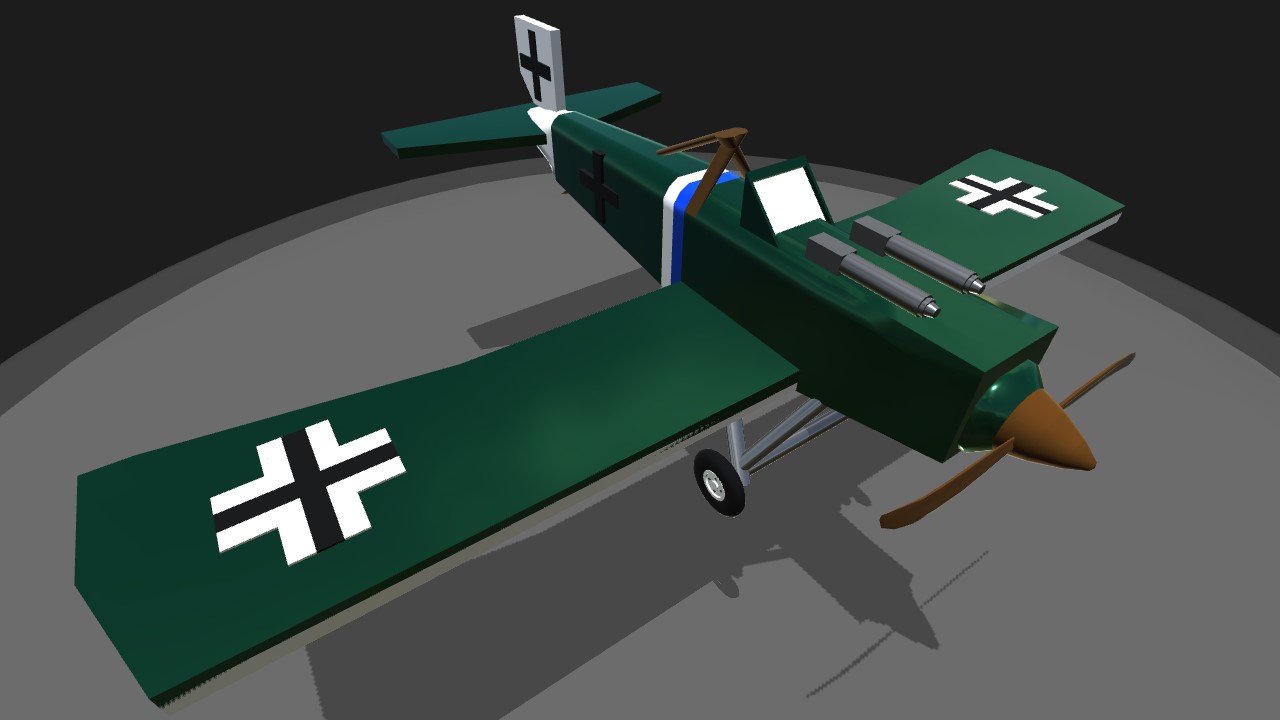
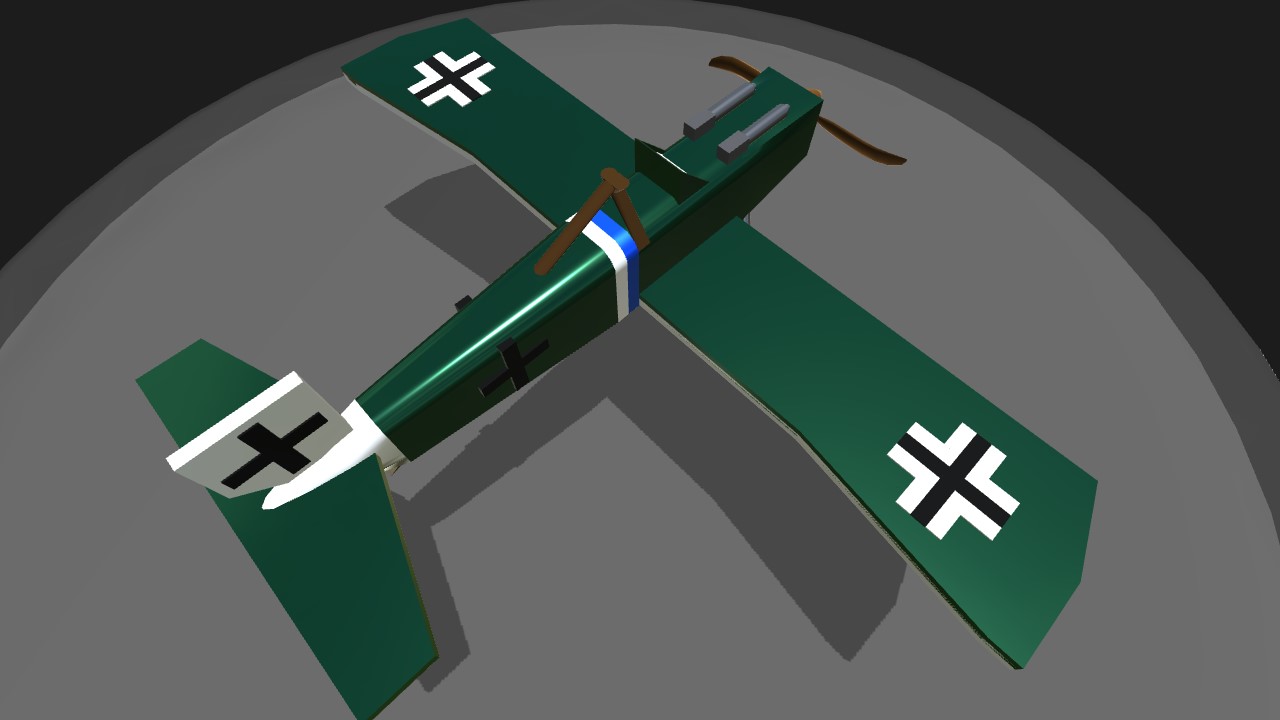

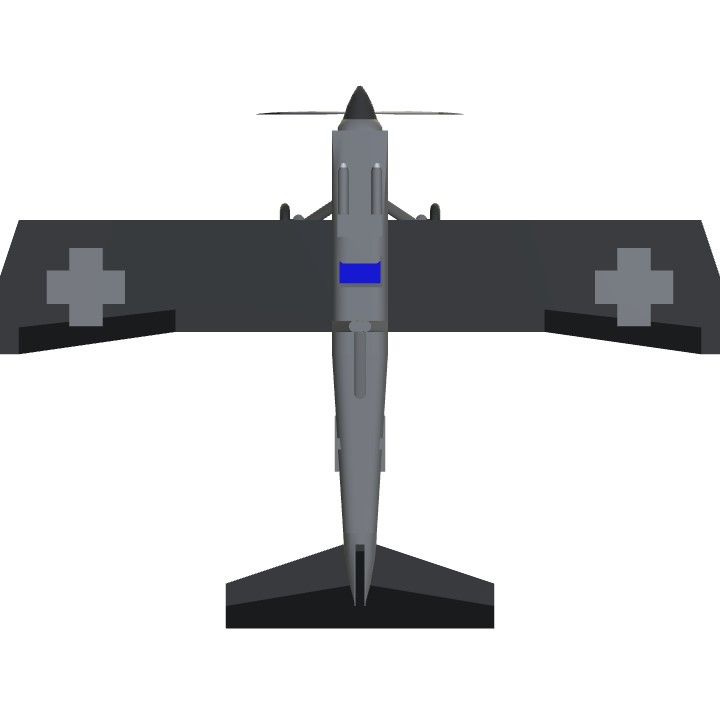
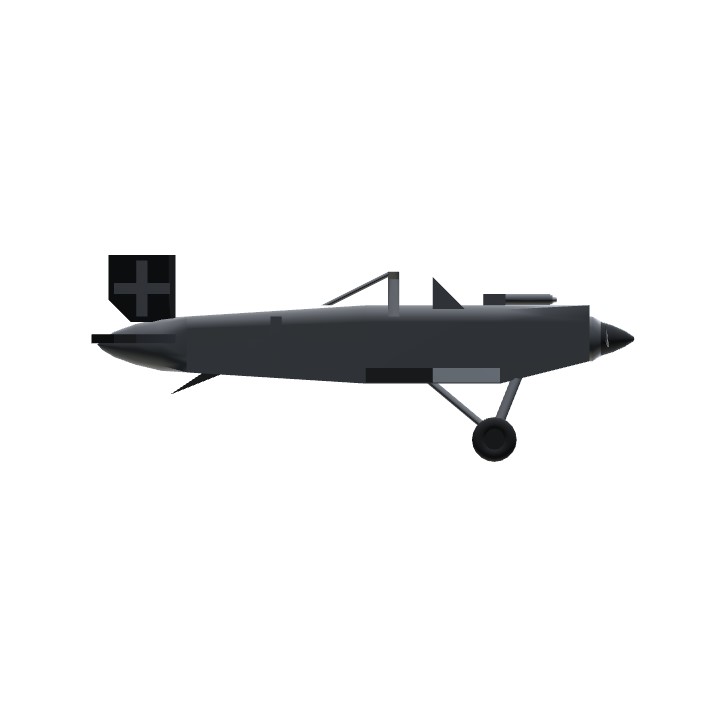
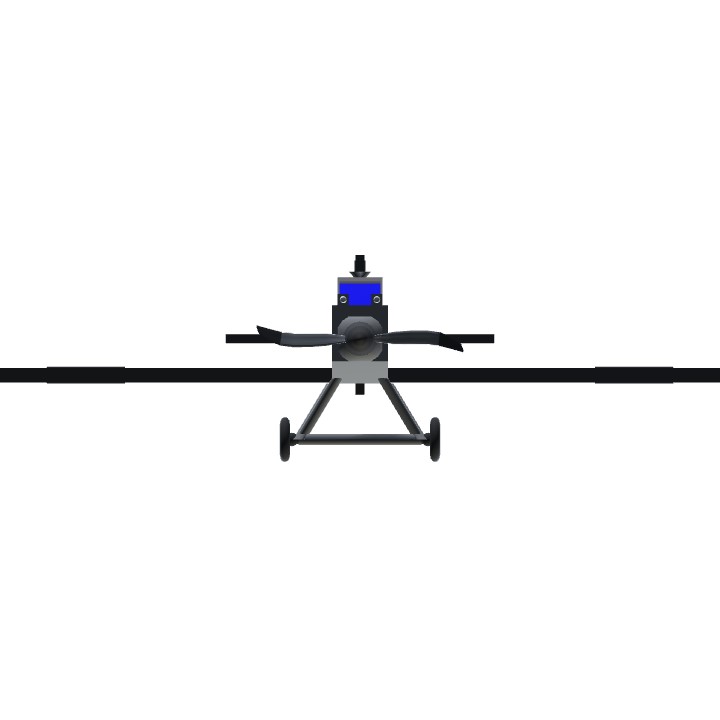
@Mike8147 what do you mean?
Nice how'd you put the wing guns on the front?
Kemal I made the J. 1